Nutrition is more than nutrients because food is more than nutrients.
Don’t get me wrong--nutrients are essential by definition. A severe nutrient or micronutrient deficiency is life-threatening. But a larger category of food components called bioactives can influence health outcomes beyond deficiencies. For example, flavan-3-ols affect cardiometabolic health.
Making a non-deficiency-based guideline recommendation is highly complex. Nevertheless, experts proposed a categorically different type of recommendation in the Advances in Nutrition for bioactives called flavan-3-ols. The guideline recommendation is in response to the authors finding moderate high-quality evidence supporting that 400-600 mg of flavan-3-ols daily improved LDL cholesterol, total cholesterol, triglycerides, and fasting glucose.
Therefore they recommended adults include 400–600 mg of flavan-3-ols from foods and not supplements daily. Supplements were excluded because, in studies, the authors noted that high-dose supplements risk liver harm and GI distress as adverse effects.
Flavan-3-ols are found in berries, pears, apples, tea, and cocoa. They are the most highly consumed subclass of bioactives called flavonoids among US adults, according to an analysis of NHANES data from the 2000s published in the Journal of Nutrition. In the study, adults consumed an average Flavan-3-ol intake of around 200 mg/day.
That recommended guideline doubles the average adult intake--which means most of us to need to work on this--, but it poses two extra challenges for people with IBS.
First, several flavan-3-ol-rich foods are high FODMAP and are restricted on a Low FODMAP diet. Flavan-3-ol-rich foods listed in the 2022 paper that are high FODMAP according to Monash University research available through their phone app include:
- 1 cup blackberries has 63.76 mg flavan-3-ols, but is high FODMAP at 2/3 cup
- ½ cup craisins has 33.78 mg flavan-3-ols, but is high FODMAP at 2 Tbsp
- 1 small apple has 15.33 mg flavan-3-ols and is high FODMAP at 1 apple
- 1 cup raspberries has 8.74 mg flavan-3-ols, but is high FODMAP at ¾ cup
- 1 cup strawberries has 6.9 mg flavan-3-ols, but is high FODMAP at 8 berries
- 1 cup grapes has 5.82 mg flavan-3-ols, but is high FODMAP at 15 grapes
…Thankfully, some flavan-3-ol-rich foods are moderate and Low FODMAP:
- 1 cup green tea has 318.74 mg flavan-3-ols and is Low FODMAP
- 3 squares 70-85% dark chocolate has 19.49 mg flavan-3-ols and is Low FODMAP
- 1 Tbsp cocoa powder has 13.06 mg flavan-3-ols and is Low FODMAP at 2 heaping tsp
- 1 cup of blueberries has 10.04 mg flavan-3-ols and is Low FODMAP
- 1 cup black tea has 277.32 mg flavan-3-ols and is moderate FODMAP, but Low FODMAP at ¾ cup
- 5 fl oz red wine has 16.62 mg flavan-3-ols and is Low FODMAP at 1 glass but moderate FODMAP at 1 ⅔ glass. Note: it is not recommended to start drinking wine for health benefits, including but not limited to flavan-3-ols
The easiest way to meet flavan-3-ol needs on a Low FODMAP diet is to include two teacups or about 12 fl oz of green tea throughout the day. 12 fl oz of green tea provides 478 mg flavan-3-ols. Pretty simple!
The second challenge for those with IBS is that the makeup of your gut microbiota appears to matter in bioactive metabolism, and a 2021 Cells study suggests people with IBS have altered gut microbiota and microbial metabolites.
Overcoming this challenge is more complex. Microbial “metabotype” research on flavan-3-ols and other bioactives is promising but relatively new, and much more is needed. However, while researchers continue to pursue clarity, what we already know provides more reasons to care about your gut microbiota in simple, practical ways, such as:
- Addressing underlying infections or SIBO with your provider
- Preventing foodborne illness with food safety, both at home and during travel
- Including a wide variety of whole and minimally processed, bioactive-rich foods
- Avoiding unnecessary diet restrictions, including a prolonged Low FODMAP diet- phase 1 (elimination)
- Including prebiotic and probiotic foods as tolerated and appropriate for your unique case
- Working with a dietitian on a nutrition plan that meets your unique needs
- Sebastian, R. S., Wilkinson Enns, C., Goldman, J. D., Martin, C. L., Steinfeldt, L. C., Murayi, T., & Moshfegh, A. J. (2015). A New Database Facilitates Characterization of Flavonoid Intake, Sources, and Positive Associations with Diet Quality among US Adults. The Journal of nutrition, 145(6), 1239–1248.
- Crowe-White, K. M., Evans, L. W., Kuhnle, G. G. C., Milenkovic, D., Stote, K., Wallace, T., Handu, D., & Senkus, K. E. (2022). Flavan-3-ols and Cardiometabolic Health: First Ever Dietary Bioactive Guideline. Advances in nutrition (Bethesda, Md.), 13(6), 2070–2083.
- Ahluwalia, B., Iribarren, C., Magnusson, M. K., Sundin, J., Clevers, E., Savolainen, O., Ross, A. B., Törnblom, H., Simrén, M., & Öhman, L. (2021). A Distinct Faecal Microbiota and Metabolite Profile Linked to Bowel Habits in Patients with Irritable Bowel Syndrome. Cells, 10(6), 1459.


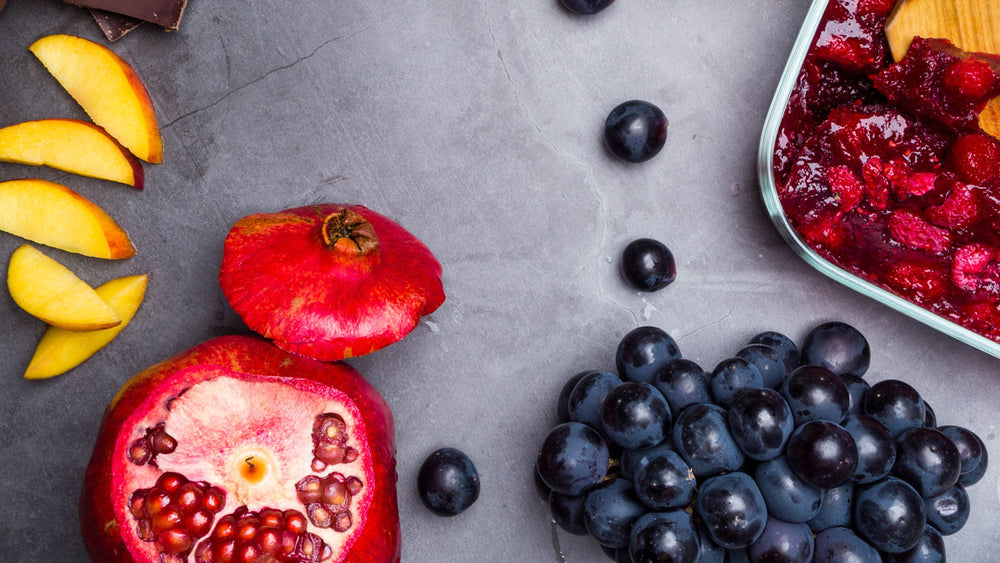
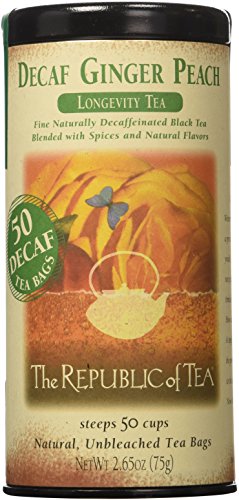
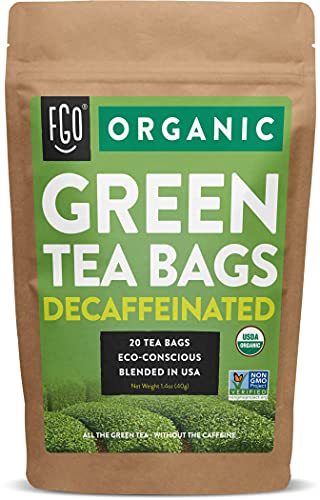
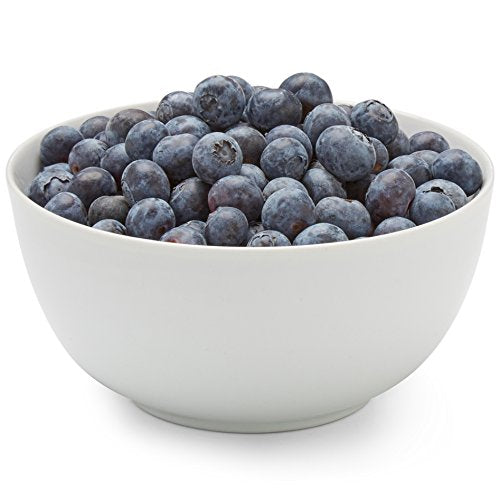






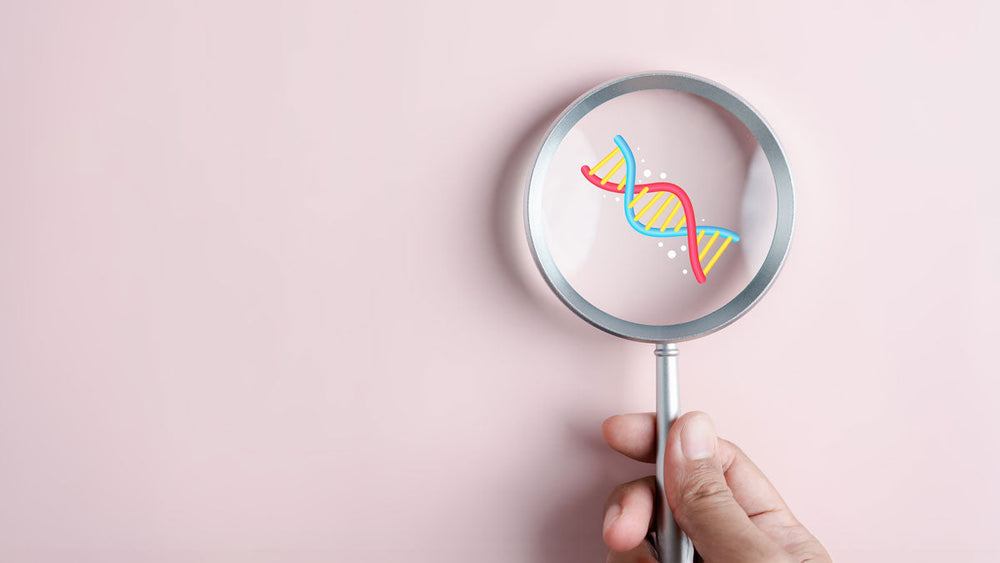





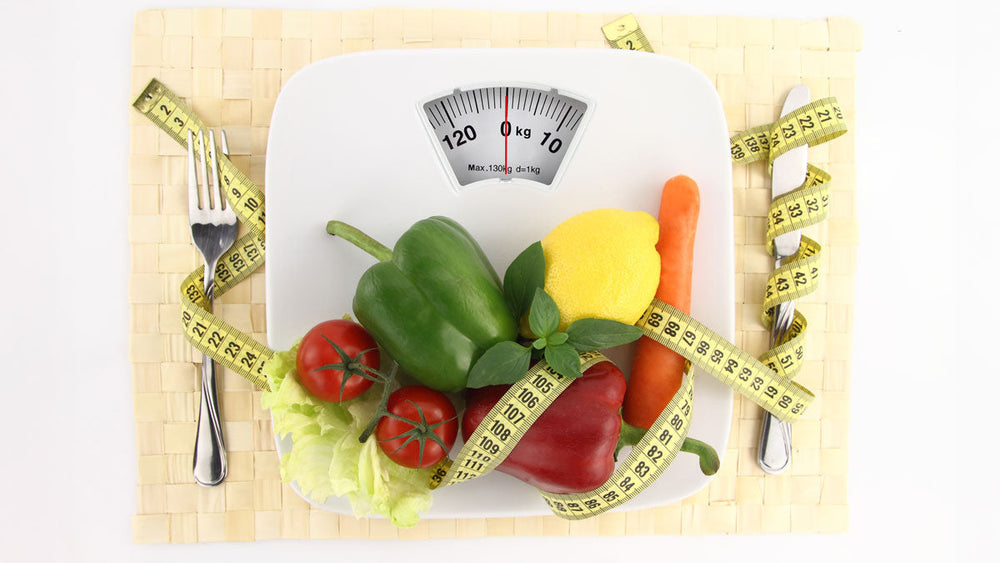



Comments
Join The Conversation...